Welcome To Mopar1973Man.Com LLC
We are privately owned, with access to a professional Diesel Mechanic, who can provide additional support for Dodge Ram Cummins Diesel vehicles. Many detailed information is FREE and available to read. However, in order to interact directly with our Diesel Mechanic, Michael, by phone, via zoom, or as the web-based option, Subscription Plans are offered that will enable these and other features. Go to the Subscription Page and Select a desired plan. At any time you wish to cancel the Subscription, click Subscription Page, select the 'Cancel' button, and it will be canceled. For your convenience, all subscriptions are on auto-renewal.
- Replies 58
- Views 4.4k
- Created
- Last Reply
Top Posters In This Topic
-
 Mopar1973Man 22 posts
Mopar1973Man 22 posts -
 LorenS 14 posts
LorenS 14 posts -
 dripley 7 posts
dripley 7 posts -
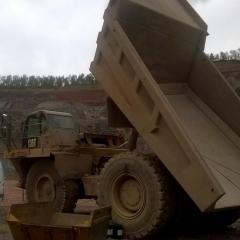 wil440 5 posts
wil440 5 posts
Most Popular Posts
-
Loren, Hook a cheap volt meter up to the pump leads and watch it just like you watch pressure. (make the leads long enough to put it in the cab.) See if there is a change in v
-
Engine load is equal to the amount of fuel being delivered. That being said now engine load is a product of drag and speed. More drag and more speed equals more engine load to keep the truck at a cons
-
Not at all man, the quad is easy as can be. I'm literally technologically stupid lol. But with @Mopar1973Man and @Me78569 and the rest of the guys on here, I've got big Shirley running on point and I
Featured Replies
Did This Forum Post Help You?
Show the author some love by liking their post!
Welcome To Mopar1973Man.Com LLC
We are privately owned, with access to a professional Diesel Mechanic, who can provide additional support for Dodge Ram Cummins Diesel vehicles. Many detailed information is FREE and available to read. However, in order to interact directly with our Diesel Mechanic, Michael, by phone, via zoom, or as the web-based option, Subscription Plans are offered that will enable these and other features. Go to the Subscription Page and Select a desired plan. At any time you wish to cancel the Subscription, click Subscription Page, select the 'Cancel' button, and it will be canceled. For your convenience, all subscriptions are on auto-renewal.



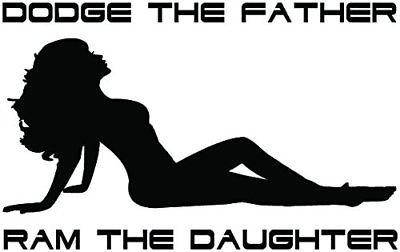
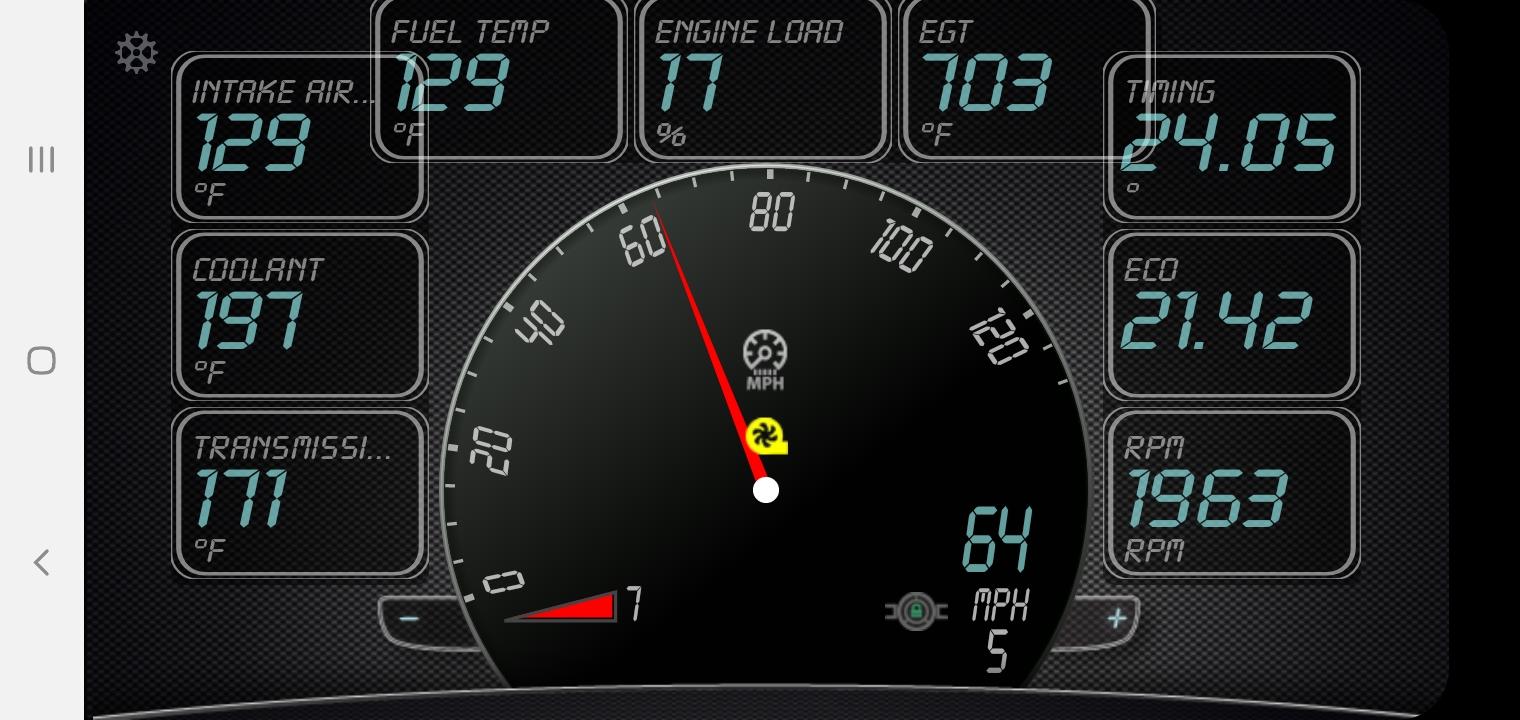
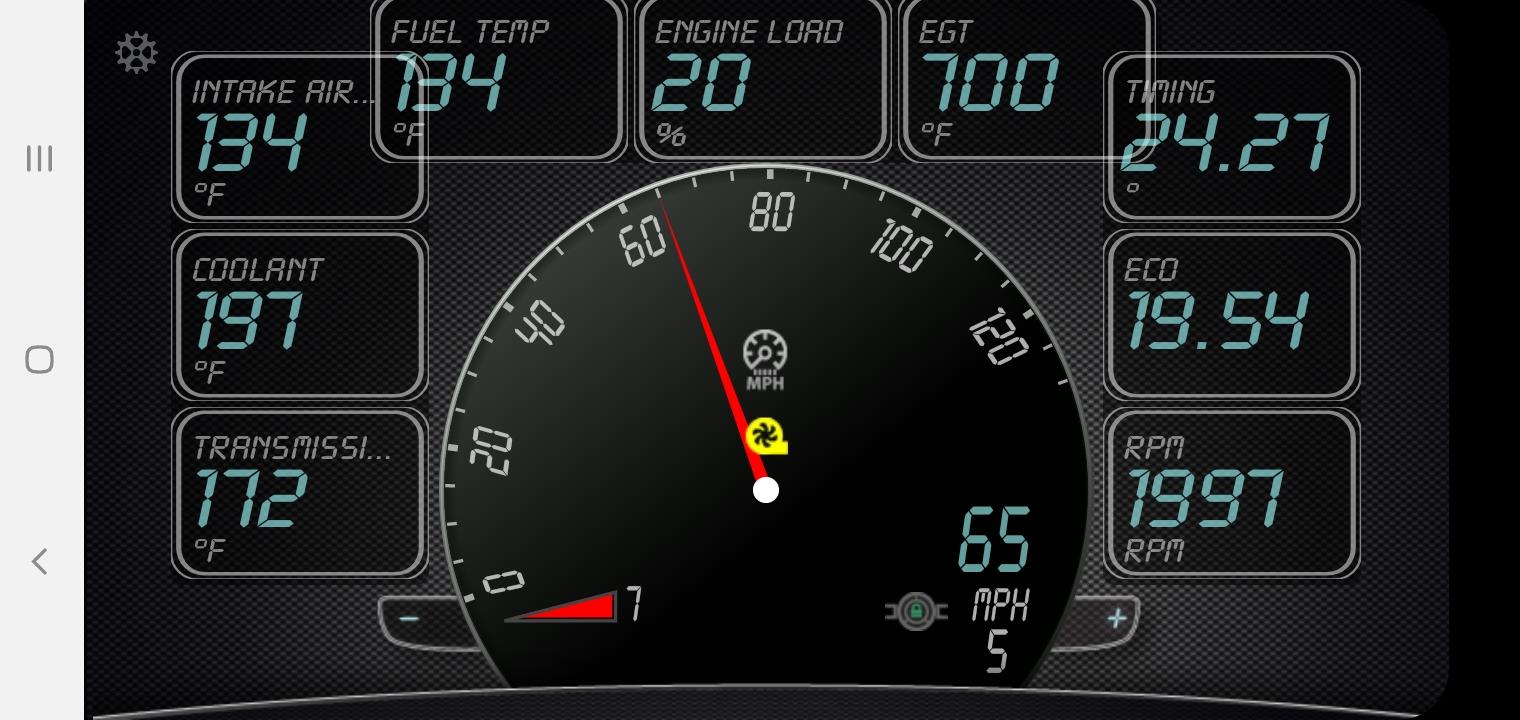
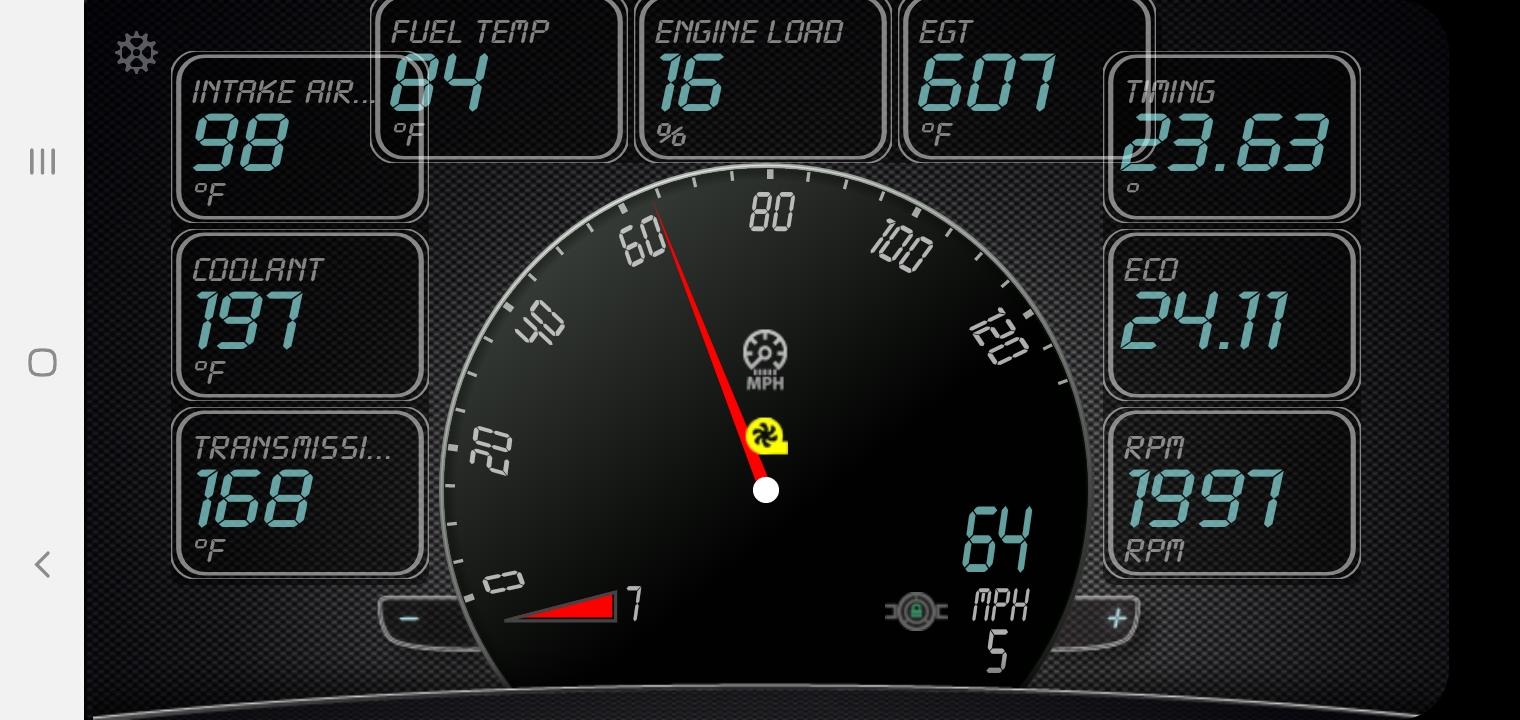

Now that I have a Quad (and now set to the correct V2 tuning!) I can see my timing, engine load, etc. When I look around this site I see all kinds of ranges for normal timing and load percentage for various driving conditions, but most folks have larger injectors, higher pop pressures, etc. I have reman Bosch injectors with about 30k miles on them. I still have the HY35 turbo. I roll down the road at about 7,800 pounds, with camper shell. Attached photos are flat Iowa interstate driving, from 10 days ago. The Engine Load seems high; I often see 65% on even a mild rise, such as this morning on my way to work +10 miles into the interstate trip. At idle, my load percentage is 6-8%.
1. What is normal engine load percentage for a basically stock truck?
2. If my values aren't normal, is it indicative of a VP44 with lots of internal wear/tolerance? Other cause?
3. What does the yellow Turbo warning indicate? It's almost ALWAYS present on my screen, but I see it on Mopar1973Man's screenshots, too. Since my truck is stock, does this mean I may have a boost leak, or...? No codes shown on my OBDLink.
The photos are from before I knew to change my vehicle to "V2 Dodge...", so Timing wasn't available. My timing at these speeds varies from about 15 to almost 20 degrees, never 20 or above that I've witnessed. My low load advance limit may need to be raised to enable advance during flat ground traveling, but I do not want to do so until I'm comfortable it is not likely to cause damage.
Any and all advice is appreciated. I have not installed my temp sensor in the engine oil at this time, as with an auto transmission it's not the easiest access on the filter housing. Has anyone put a tee in the turbo feed line to measure temp? I put an oil sampling port in the "extra" port, but will remove for the sensor if the tee is a bad idea.
No, none of this is in the 16 page installation manual for the Quad. While I concede this information may be in some of the tuning write ups, I missed it numerous times if it is.